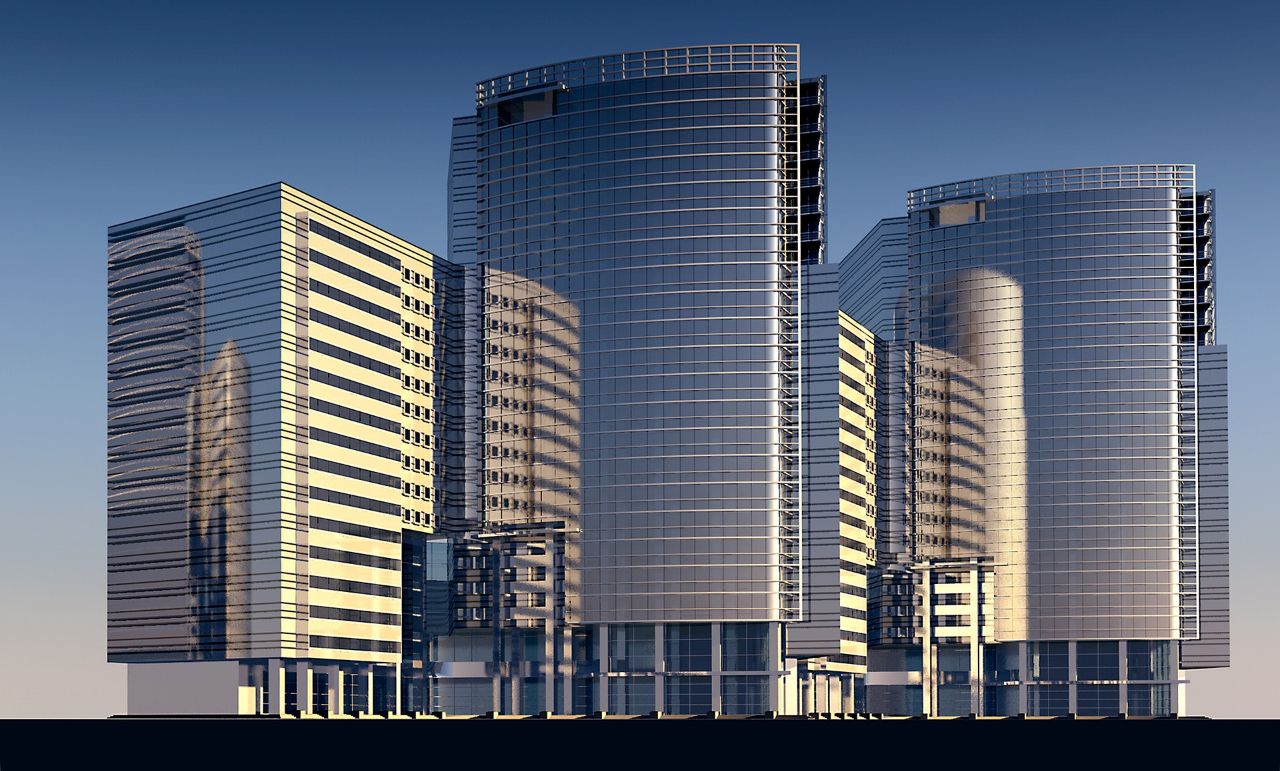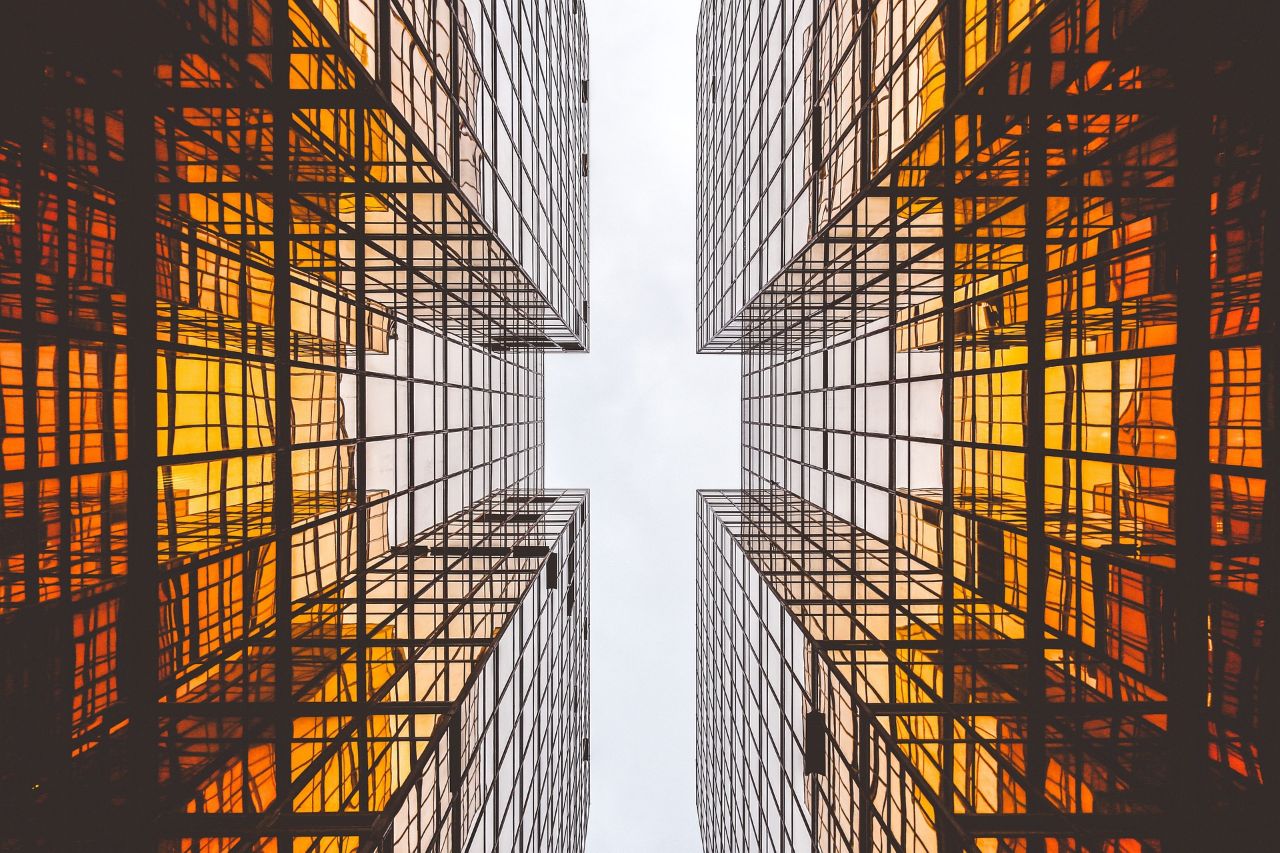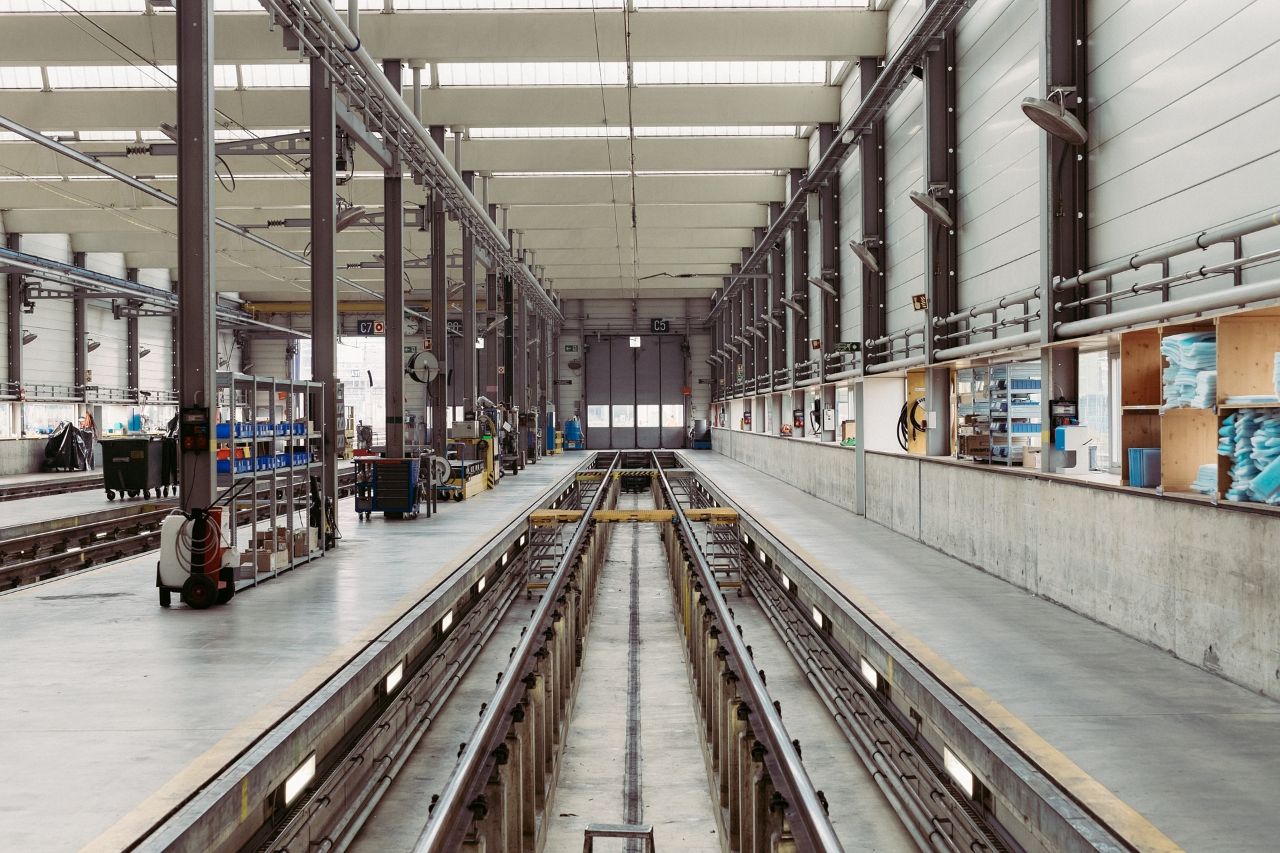Smart buildings
The Egyptians used over one million laborers over a period of a thousand years to put up the amazing pyramids we see today. It took over 300,000 soldiers and over 2,000 years to build the Great Walls of China, but the walls proved to be quite a fortress in time of war. We do not have the luxury of acquiring that large number of workers as they did in the past nor do our hard economic times allow us to take such a considerable amount of time without a building project being uneconomically viable. However, over centuries and centuries of technological advancement, smart features such as Internet of Things, Artificial Intelligence and robotics come to our rescue. This article aims to show how smart buildings work and their impact in the lives of people. A smart building is any housing structure that utilizes emerging technology to automatically control its operations and here is how it is revolutionizing how we view the building and construction industry.
Smart buildings are smartly constructed

Once everything is put in place, printing a building takes much less time than physically constructing it. The machine does most of the work so progress can continue without much human interference both day and night. In construction the faster a building is constructed the less the money is lost to downtime machines and held back schedules. In addition to this, the whole printing process leaves a much less carbon footprint thereby reducing the impact that the construction industry has on the environment. Very little workforce is required when buildings are printed as compared to when they are physically constructed. On site only the material suppliers and technical teams are required. This greatly reduces the cost that goes into hiring workers which in turn reduces the cost of putting up buildings. The printed buildings do not use the orthodox expensive materials but well researched and experimented materials that prove to be cheap and even stronger. This in turn brings out stronger buildings and cost effective construction. Affordable housing can then be something that is possible for people from all walks of life.
Startups and various organizations are already utilizing this invaluable concept to impact people’s lives. Like communities hit by natural disasters are having shelters being built for them by 3D printers by charity organizations. In Mexico a startup is building houses using 3D printers to make them affordable to the poor. Belgium recently built the largest 3D printed building in Europe which is a two story house. Dubai is almost opening the largest 3D printed building in the world soon. In a thesis project dubbed "Terra Performa" the use of robotic arms in construction of building promises to reinstate the structural endurance of clay due to it's ability to self-regulate humidity and climate of a structure.
Smart buildings have smart accessories
By eliminating mundane chores, smart buildings incorporate smart appliances to make our lives better and comfortable. Using sensors in various machines, in the building itself and also in its environs, appliances can be able to communicate with each other and this data is stored in a center in the building. With this data available in real time, the appliances can be able to study the trends and even predict routine tasks we would need accomplished. https://new.abb.com/buildings/smarter-homeThe washing machines and dishwashers in houses could be designed to be smart and robotic allowing them to pick up both clothes and dishes on their own, wash them and place them in their rightful places. Wit sensors in the house compound, refrigerators and microwaves can be notified on your arrival and warm up food for you. The gym equipment in buildings could be filled with sensors which enable them to record and store work out statistics o the users. The data is then analyzed by the equipment to be able to provide tougher work outs in subsequent sessions. Software from the Garmin Smartwatch is a great example already utilizing this concept.
Smart buildings have the infrastructure that can adapt to support various activities such as working from home. With more and more people moving to home school their kids and even work from home, there is need for fast internet connection and applications that allow for maximum concentration and no distractions. These could include sensors in the walls that detect and filter out ambient noise and also software that communicate schedules and all-important information to all your devices.
The smart building will need to monitor itself without much human supervision. Many times you may forget to lock a window and waste the AC, or to switch off a light bulb and hence waste energy. Sensors, just like the ones that detect smoke, raise an alarm and trigger sprinklers, could be placed all over a building to detect any wastage of resources. Once these sensors detect an anomaly, they can be programmed to communicate to the respective appliance to mitigate the problem. If a leaking tap is detected, then the water supply to the house is shut down and an owners’ device is notified of the specific pipes that need to be checked. Solar panel windows can be designed to be reactive such that they adjust themselves to the position of the sun, in order to absorb maximum amount of solar energy.
Smart Buildings are modelled in a smart way

3D modeling plans in computer hardware devices creatively designed through the software provide a clearer and realistic representation of the buildings to be built. The models explicitly depict detailed information regarding every aspect the building project. The important aspects correctly envisioned by the model include colors, materials, strength, energy consumption and much more. Intelligent solutions have sensors all over the building area to record in real time any changes that may occur in these aspects. Being full of such information, building construction becomes faster and more coordinated. Also the laws of geometry and creativity can be bent and performance pushed to higher level.
Adaptability is the process by which a model is able to be fit into different scenarios depending on any changes experienced in important aspects. The smart modeling allows for it to be fed wit copious amounts of data and it predicts how the final design will look like. This enables the upgrading and efficient deliberations while a project is ongoing. Digital collaboration is also made easier because of the modeling process being adaptable. Various experts in architecture, engineering and overall construction industry can be brought into the design process and they can make considerable contributions in real time remotely. Digital collaboration goes on ahead to save on time and costs as many qualified hands are on deck in a coordinated and efficient way. Adaptability also is an innovation in the efficient upgrading of already existing buildings. Models of these worn out or dangerously old buildings can be studied and then elaborately designed in order to upgrade them.
Smart building through smart modeling is also a step in the right direction in ensuring sustainability and energy conservation in buildings. The models can be able to analyze the energy consumption of both the building and the construction process. This happens from the conceptual stage, through the construction up until the end. With this information engineers can be able to make the best decisions on material selection and other energy related decisions. Skycatch is a company that uses machine learning algorithms programed in drones to generate models of a site making it even easier to model the building efficiently.
Smart buildings have improved safety and security
Among all the advantages offered by smart buildings, 51% of the building operators preferred and valued safety more than any other advantage offered according to a survey done by Honeywell. Buildings of the future will need to protect human lives by having robust fire alarm systems, intrusion detection and alarming, unusual activity surveillance, emergency communication control and the effective monitoring of these systems.- Smart video surveillance - surveillance is not only important or exploring and detecting unusual activities but it is also effectual in keeping and storing a lot of visual data or future use. Therefore there is need for smart and user friendly video surveillance around smart buildings. High Definition quality is necessary to correctly identify both unusual activities and the persons conducting these activities. Facial recognition software coupled with HD quality videos are boosting safety and security to another level. Video surveillance footages are then made available to smart devices such as owners’ tablets and smart phones to allow remote monitoring.
- Security information on the go - with smart sensors, the owners and occupants of buildings ae able to receive real time security information from any location. This greatly helps in response time during emergencies and also in the making of wise decisions having a lot of information about any incidents rom sensors. The building through sensors could be connected to the internet were any news on security is received in real time and the building responds accordingly. Owners of businesses could receive alerts in their phones about a riot happening in the city, prompting them to shut down their business premises remotely through the touch of a button in their phones.
- Integrated security system - the icing on the cake of smart security in a building is achieved by integrating the security systems in the building to have a centralized control system. the owner can an all in one credential access to all video surveillance cameras, door entry passcodes and much more the save on time and prevent outside interference to the building. This is however in conjunction with other building occupants and service providers. There is a chain connection between smart devices, the building, the occupants and service providers that is only achieved through integrating the security systems.
These upgrades not only attract customers and ensure of their safety but they also save on money and response time.
Smart inspection and maintenance

The Internet of Things has allowed for embedded sensors to be planted in almost all components of a building that need to be maintained. They could be in the support mechanisms such as concrete structures, in the piping system or even lighting system and much more components. What the sensors do is that they are programmed to consistently collect real time data and relay any signs of failure information to the building owners and more importantly maintenance service providers. These sensors provide quality information on type and nature of a possible failure which allows the maintenance service providers to make wise decisions on the best way and time to conduct a maintenance task. The sensors also make inspections and quality assurance provisions more efficient hence protecting the lives of people in the building by greatly eliminating any possibility of human error. Sensors can also be able to record the time a maintenance or inspection task begins and the time it ends. Together with the information from the task accomplished, data analytics of these can be able to correctly calculate the charges on the task accomplished. Therefore the customer isn’t overcharged and neither the service provider underpaid.
All the data that sensors collect can be stored in the cloud and be used or predictive maintenance. Using Artificial Intelligence and data analytic tools, the signs of breakdown and failure can be foreseen and a remedy prescribed in time to save a lot of repair costs and lives that may be lost in the unfortunate event of a disaster. The data analytic tools can also be filled with information on the atmospheric conditions and weather patterns of the environment of a building. This would allow the buildings response to an adverse climate condition be analyzed and developed fully. Mitigation steps in the design of the building can then be created. Smart buildings are able to easily meet the standards in construction quality assurance inspections because of the accessibility to copious amounts of information about the building.
Smart buildings provide a virtual construction management platform enabling a continuous supply of information that is made accessible to relevant stakeholders in real time. Rift from the design process, material supply and delivery, building and construction, operation and use all the way to the end of the building’s life, the performance is remotely monitored to ensure maintenance is up to date and quality standards are met.
Conclusion
Smart building solutions are revolutionizing the way people live and work in buildings and will be a necessity in the coming years for entrepreneurs in the construction industry to survive in business. All over the world companies are already aligning themselves in this wave and reaping much fruit. Nexelec , a company involved in smart building has software in embedded sensors such as INSAFE+Origin, one that ensures fire safety, IZIAIR and INSAFE+Carbon that provide quality indoor air solutions.Well said!
7 August 2020
I am really looking forward to a smart city
2 August 2020